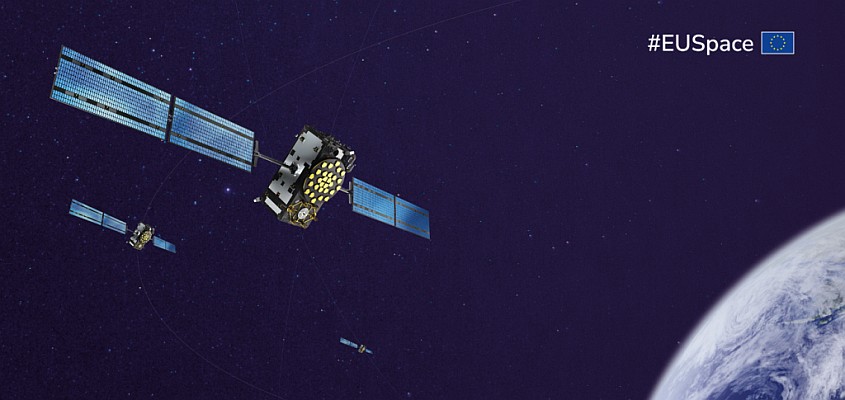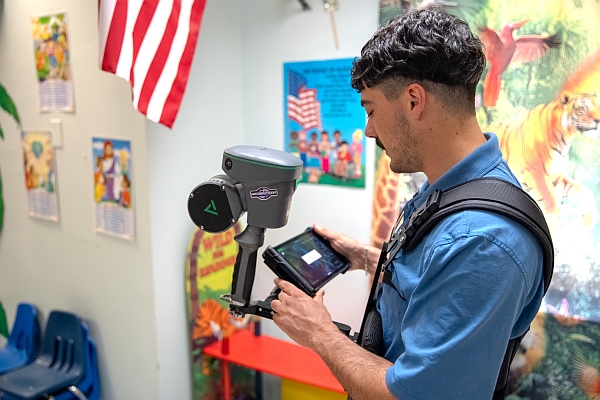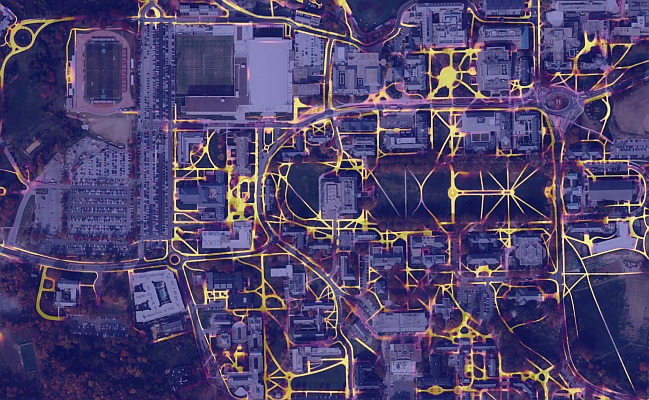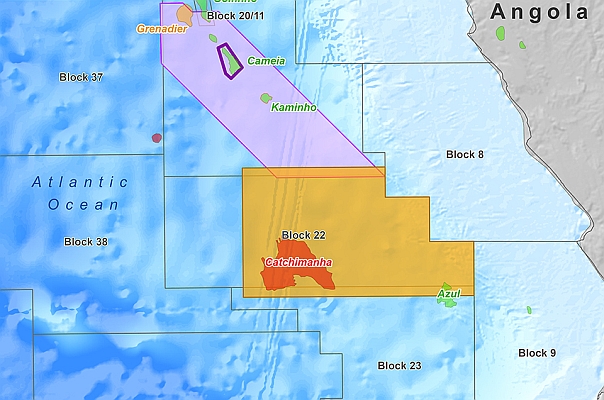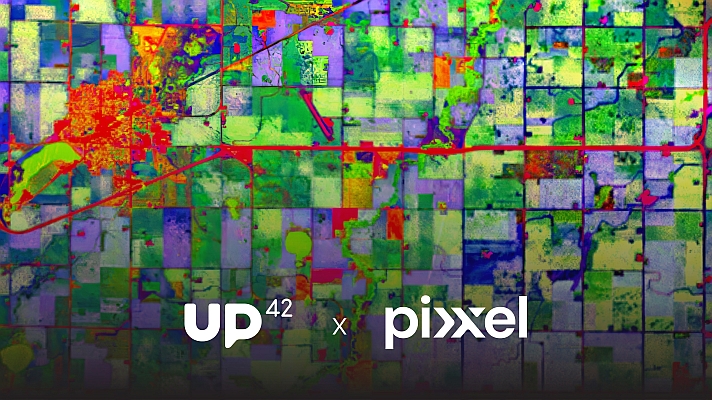The Galileo satellites 29 and 30 have successfully completed an extensive series of in-orbit tests, ensuring their readiness to enhance the precision and reliability of satellite navigation services worldwide.
The Galileo L12 satellite pair entered into service on 5th September 2024. After undergoing Launch and Early Orbit Phase (LEOP) and commissioning of its subsystems, the pair went through a rigorous In-Orbit Testing (IOT) of its navigation payload, including passive and active outgassing of its payload, power up of the navigation clocks, signal transmission in all bands (E5, E6, E1 and SAR) and verification of correct power levels and no spurious signals in the generated carrier. These tests confirmed the satellite’s health, signal quality and readiness for integration.
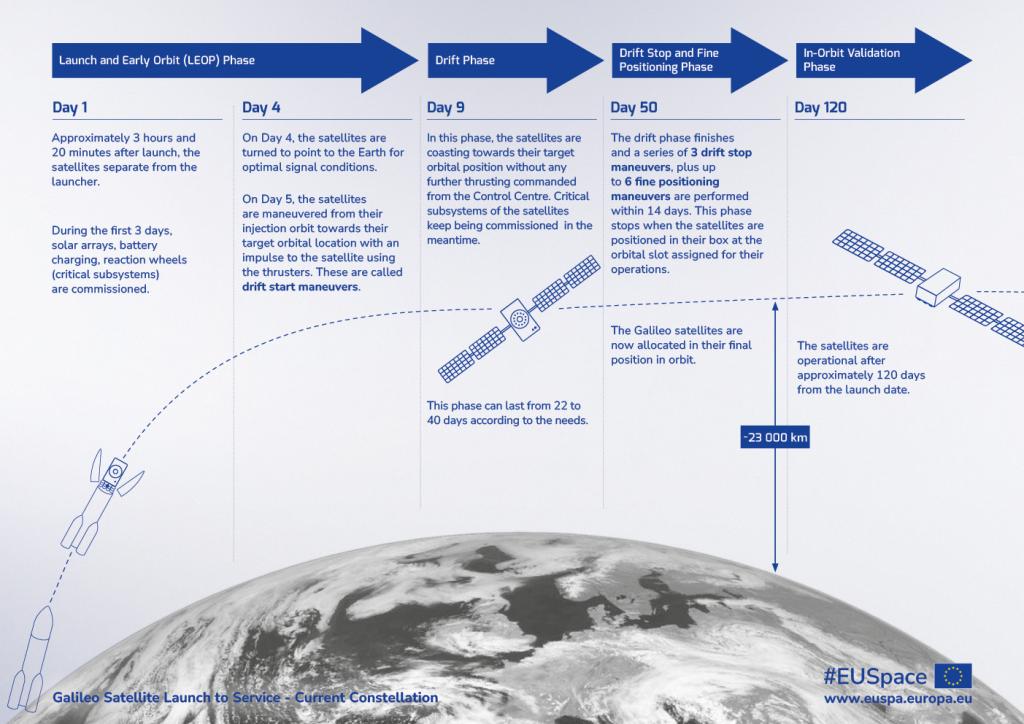
With the accuracy of their PHM (Passive Hydrogen Maser) clocks, the two satellites joined Galileo’s orbit 23,200 kilometres above Earth, filling empty spots in orbit and thus enhancing the Galileo system’s visibility to ensure better positioning at more and more areas over the Earth’s surface at the same time. The details of the constellation can be followed on the GSC website here.
“These two new satellites strengthen Galileo’s position as the world’s most accurate positioning system,” declared EUSPA Executive Director Rodrigo da Costa. “With the European Commission, EUSPA and ESA collaborating closely, Galileo goes beyond just satellites; it stands as proof of our united dedication to innovation, security, and progress. Each addition not only improves availability and navigation robustness for over 4 billion users but also reinforce new market opportunities for European businesses, SMEs, and entrepreneurs.”
With these satellites 29 and 30 now in service, users can expect even greater positioning accuracy and faster response times. This enhancement supports a wide range of applications, including search and rescue missions, drones, insurance, timing and synchronisation, urban development and precision farming, further solidifying Galileo’s role as a critical component of global satellite navigation.
The next Galileo launch is planned in the coming weeks.


